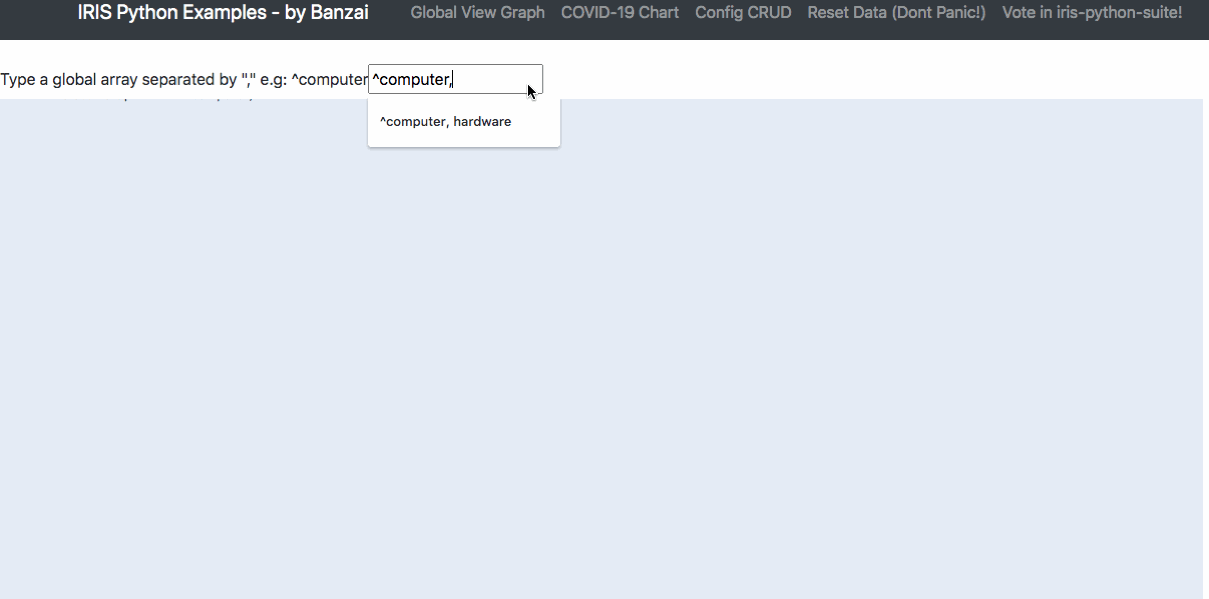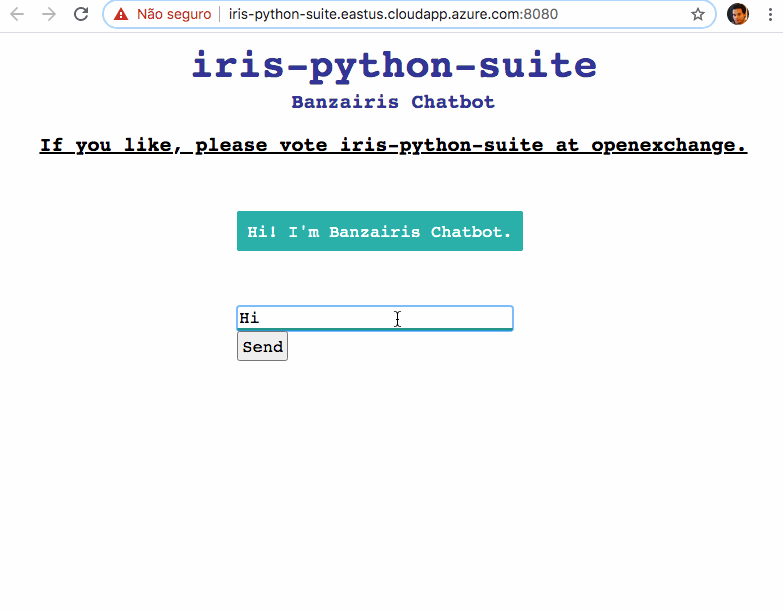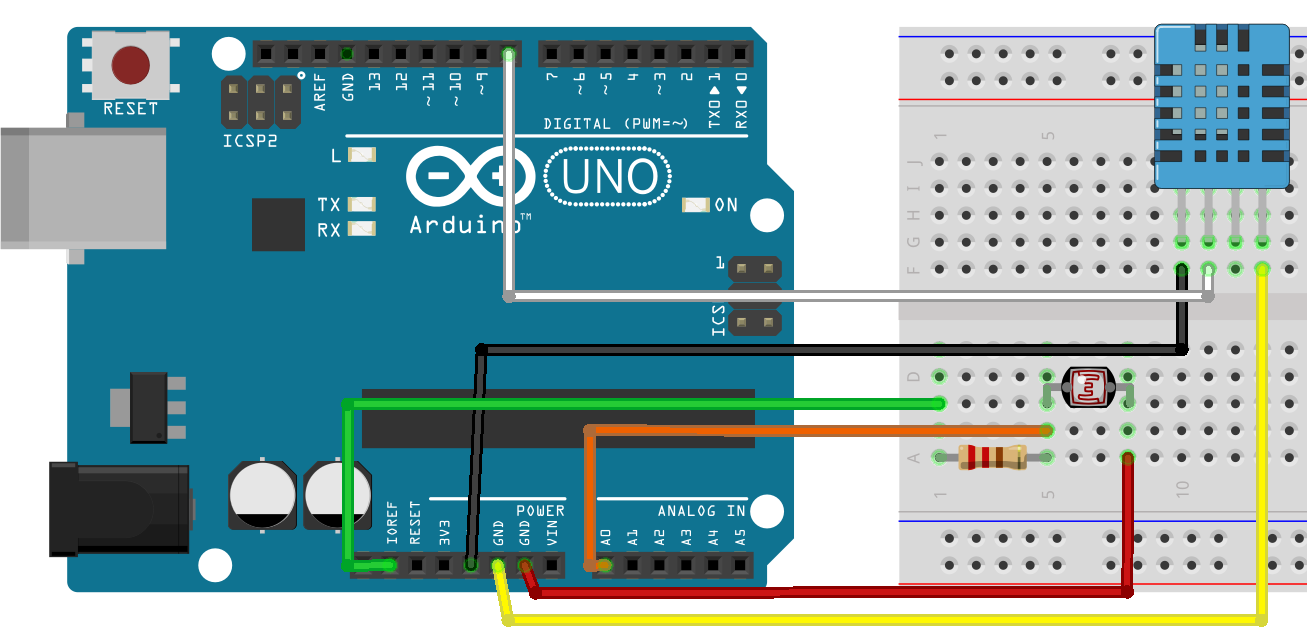Keywords: PyODBC, unixODBC, IRIS, IntegratedML, Jupyter Notebook, Python 3
Purpose
A few months ago I touched on a brief note on "Python JDBC connection into IRIS", and since then I referred to it more frequently than my own scratchpad hidden deep in my PC. Hence, here comes up another 5-minute note on how to make "Python ODBC connection into IRIS".







